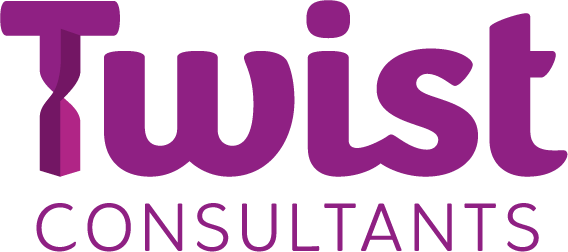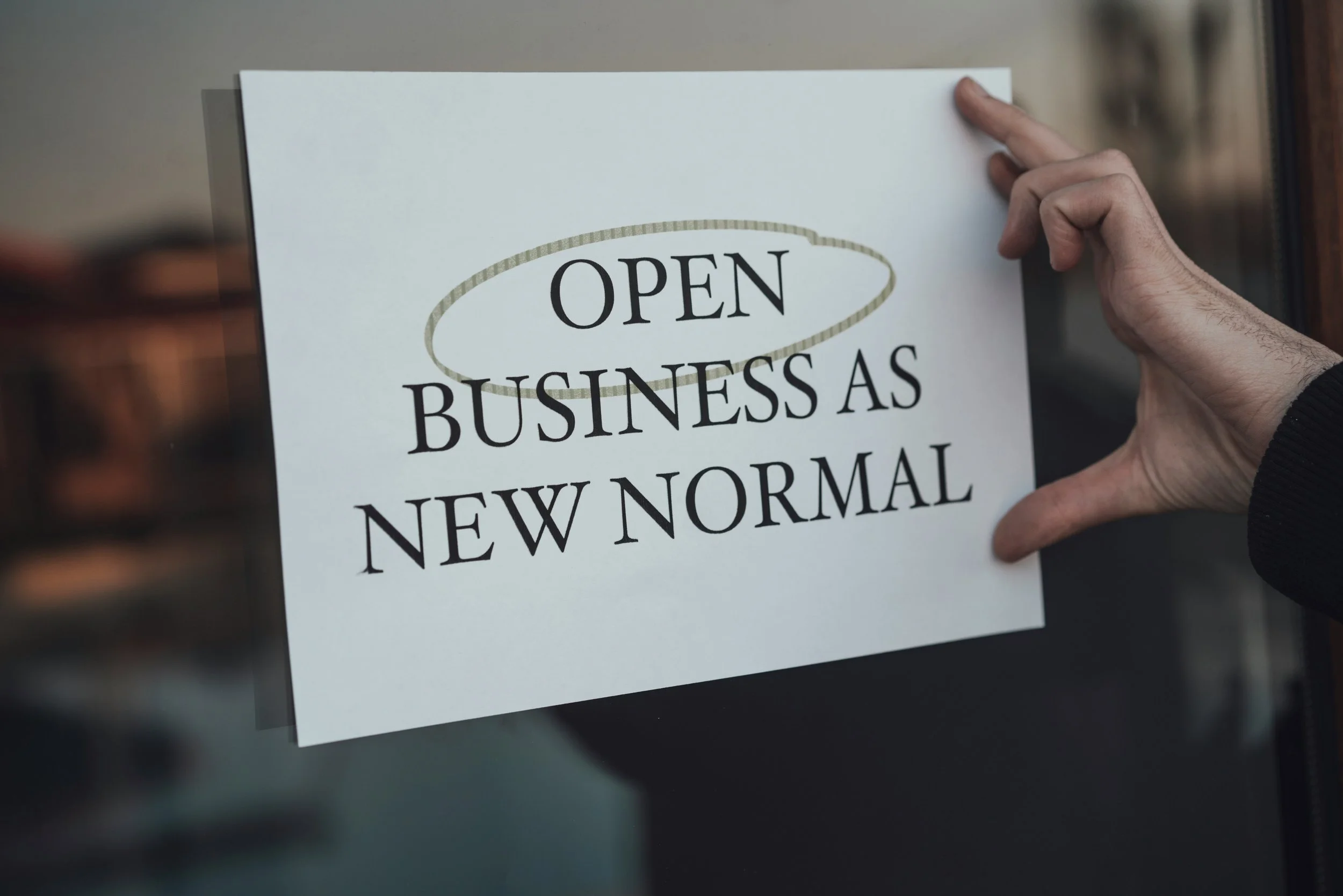Just a few months after announcing 4,000 new tech and data roles in India, Lloyds Bank told the lowest-performing 5% of its employees in the UK that their jobs would be at risk if their performance doesn’t improve.
It’s a stark example of the kind of change leaders are navigating across many organisations right now. Restructures, automation, efficiency drives - and with AI very firmly moving from concept to real-world implementation, the pace is only going to speed up.
Image: Teslariu Mihai, unsplash
The aspiration to create a “high-performance culture” (as Lloyds mentioned in their announcement) is one most leaders share. But when change feels constant, and people can feel treated as expendable while the business intensifies its efforts on efficiency, motivation and connection can rapidly evaporate. And what does that do for performance?
The data is clear. According to Gallup, disengaged employees have 37% higher absenteeism, 18% lower productivity and 15% lower profitability. Put another way, disengagement translates into a loss of around 34% of an employee’s annual salary. That’s before you even count the extra turnover, recruitment costs and the sheer energy it takes just to stand still when good people decide to leave.
So if you’re driving significant change in your business - whether it’s a shift in strategy, a performance shake-up or a big tech rollout - it’s worth asking yourself now: how are you going to help your people stay motivated and proud to keep contributing through all this?
If you’re wondering how your leadership team can hold onto motivation and trust when change fatigue is on the up, let’s talk.
If your leaders aren’t connecting with teams on the human side of change, you run the very real risk of creating an organisation that looks busy but is slowly losing pace.
While the headlines come from big brands like Lloyds, every leader right now is facing some version of this challenge. The specifics might be different but the problem’s the same: how do we maintain high performance when change isn’t a project anymore, it’s the backdrop for everything we do - and with AI accelerating that change, the pressure isn’t going anywhere.
If this strikes a chord with you, I’d love to hear how your organisation is juggling the balance between change and high performance. And if you’d like a conversation about how to keep your leaders equipped to lead people through it, get in touch.

